STEAM Teaching Resources
Bring STEM and STEAM learning to life in your classroom with engineering activities for kids, STEM challenges, printable worksheets and more resources designed by teachers for teachers.
This collection of printables and digital activities includes curriculum-aligned resources that will help you meet state standards while you're getting students hooked on science, math, and more. In addition to being created by teachers, each resource has undergone a rigorous review by the Teach Starter teacher team. That means they're classroom-ready — so you can cut down on planning time!
Looking for tips on integrating STEM into your lessons? Or maybe you're just trying to figure out how we ended up with STEM, STEAM and STEMM? Read on for tips from the Teach Starter teacher team!
What Is STEM Education in Elementary or Middle School?
STEM education is defined by its focus on science, technology, engineering, and mathematics, and that applies to education from K through 12. But when it comes to teaching these skillsets to students who are just beginning to understand basic math and science, you're not teaching Boolean logic or even doing the popular egg drop activity.
But don't feel flummoxed! Elementary STEM education is laying a foundation for secondary STEM teachers to build on, and that's important.
STEM education can include:
- Introduction of the scientific method
- Basic science experiments
- Building digital literacy skills
- Math problems based on real-world applications
- Coding and algorithms
- Critical thinking and problem-solving activities
What Does STEM Stand For?
Your school may refer to this sort of education as STEM, which stands for science, technology, engineering and mathematics.
Why STEM?
The acronym has been used in education since the early 2000s when the National Science Foundation began using the four-letter term to refer to the concept of interdisciplinary education.
What Does STEAM Stand For?
STEM isn't the only term for teaching children these concepts, of course!
Your school may refer to this part of the curriculum as STEAM, which stands for science, technology, engineering, art and mathematics. You might even see it written as ST∑@M™.
The addition of the "A" to STEAM to include art is often credited to Georgette Yakman, a Virginia-based teacher, who has said that STEAM is not a replacement of STEM.
Instead, Yakman says, "The liberal arts add the ‘who & why’ to the ‘what & how’ of STEM."
STEM vs STEAM vs. STEMM — What's the Difference?
There is nothing the education system likes as much as a good acronym, so which one should you be using these days? We have touched on STEM and STEAM, but what is STEMM? And which one should you be using?
- STEM — short for Science, Technology, Engineering, and Math — is often considered the OG here with STEAM (Science, Technology, Engineering, Arts and Mathematics) showing up as a relatively recent addition, but the truth is STEM and STEAM have both been around for awhile.
- STEAM and STEM were both proposed in 2012 by the United States National Research Council as a new form of teaching K-12 science education. The goal was to focus on deep and collaborative learning to build a strong foundation for students that would prepare them for a technology-heavy working environment in the future.
- STEMM is the newcomer here. It stands for Science, Technology, Engineering, Mathematics, and Medicine. Educators and STEMM policymakers say the inclusion of that second M should also come with a focus on diversity and inclusion.
- Free Plan

STEM Challenge Cards for 2nd, 3rd & 4th Grades
A set of 20 STEM challenge cards for students, suitable for kids in second through fourth grades.
- Plus Plan

Build It! End of Year Interactive Engineering Activity
Bring engineering into the digital classroom with an interactive design project.
- Plus Plan

Food Truck Frenzy! End-of-Year Project Based STEM Learning Activity
Introduce your students to the world of Food Trucks as they master math, STEM, and art to design and run their own food truck.
- Plus Plan

STEM Activity — Ice Cream Shop Design Project
Use reading, writing, math, and STEM skills to plan, design, and advertise an Ice Cream Shop with a STEM education project for elementary students.
- Plus Plan
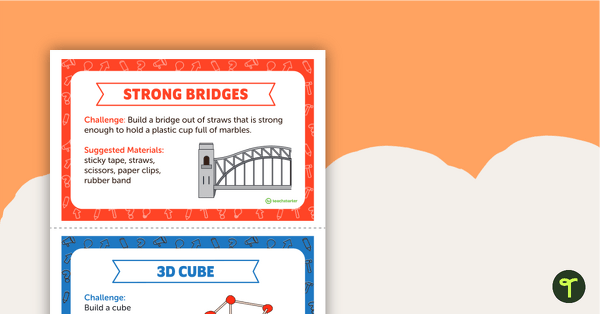
STEM Challenge Cards - Lower Grades
A set of 20 STEM challenge cards for students.
- Plus Plan

Ugly Christmas Sweater Design Project
Design an ugly Christmas sweater to earn your way into Santa’s Workshop with a printable Christmas STEM Project!
- Plus Plan
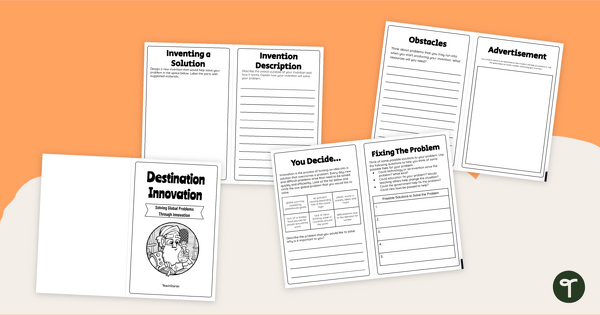
Solving Global Problems - Design an Invention Workbook
Help your students discover how innovation and invention can solve global problems with an invention project workbook.
- Plus Plan
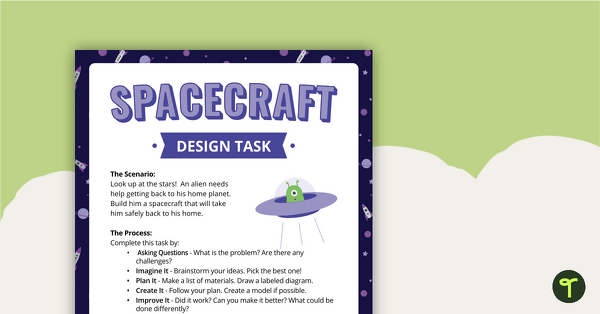
Spacecraft Design Task
A fun design task that encourages creative thinking and design engineering.
- Plus Plan

Santa’s New Sleigh - Christmas STEM Activity
Design and build a new sleigh for Santa with a printable Christmas STEM project.
- Free Plan
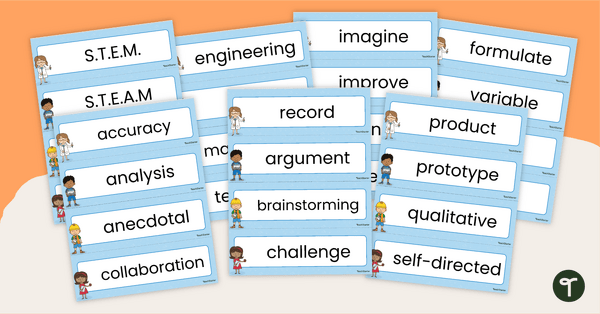
STEM Word Wall Vocabulary
Display important S.T.E.M. and S.T.E.A.M vocabulary words with a free printable STEM word wall.
- Plus Plan
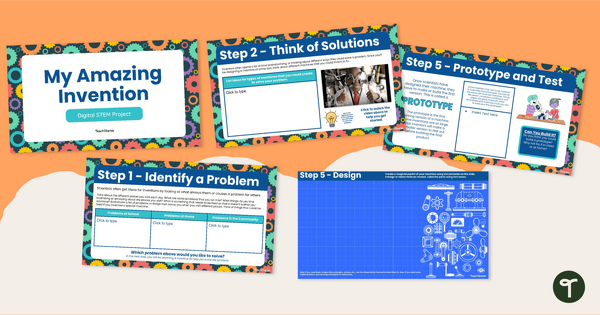
My Amazing Invention - Digital Stem Activity
Inspire young scientists to invent amazing things with digital STEM activities for elementary.
- Plus Plan
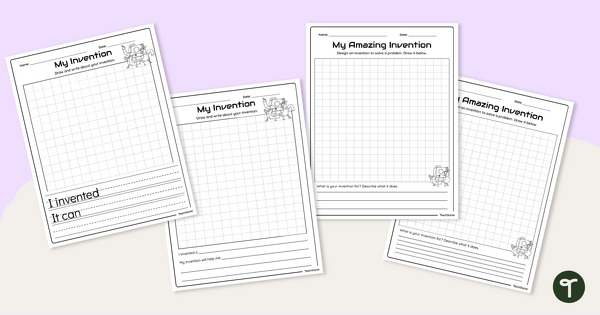
My Amazing Invention - Planning Templates
Inspire your young scientists to create a unique, problem-solving invention with our differentiated invention-planning worksheets
- Plus Plan
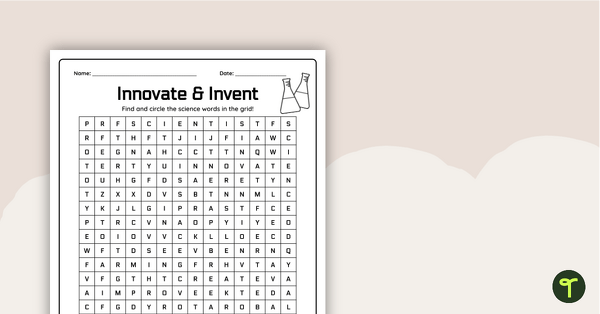
Innovate and Invent! Science Word Search
Build your students’ vocabulary around the topics of innovation and invention with a word search worksheet.
- Free Plan
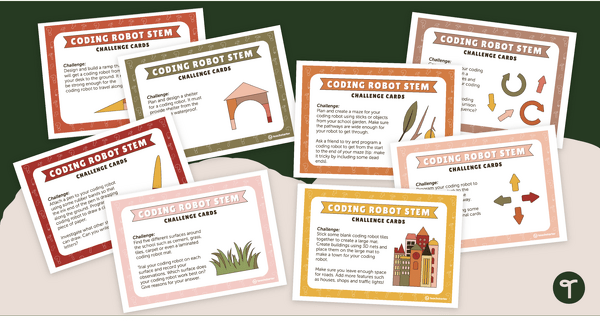
Coding Robot STEM Challenge Task Cards
A set of 10 STEM challenge cards using a coding robot.
- Plus Plan

How to Catch a Leprechaun STEM Project
Use your engineering and design skills to build a leprechaun trap on St. Patrick's Day!
- Plus Plan
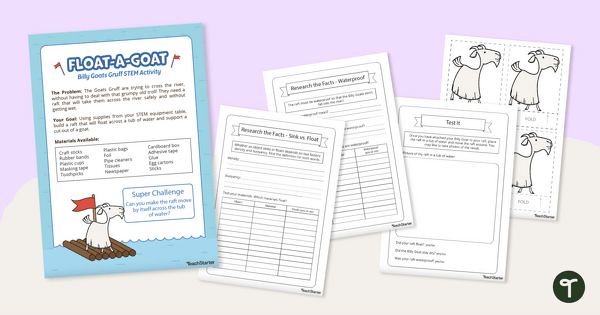
The Three Billy Goats Gruff - Float-a-Goat STEM Project
Build the Three Billy Goats Gruff a raft to cross the river and avoid the troll’s bridge with a fun STEM activity.
- Plus Plan
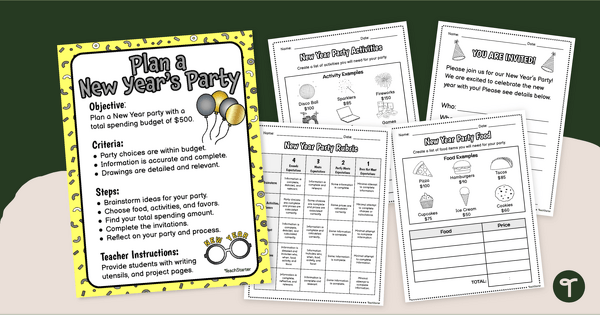
New Year's Party Planning - STEM Project
Reap the benefits of STEM education by inspiring your students to plan, organize, and budget for a New Year’s Eve party for the classroom.
- Plus Plan

3D Christmas Ornaments Printable - STEM Challenge
Challenge your students to make three-dimensional paper Christmas ornaments with a STEM challenge.
- Plus Plan
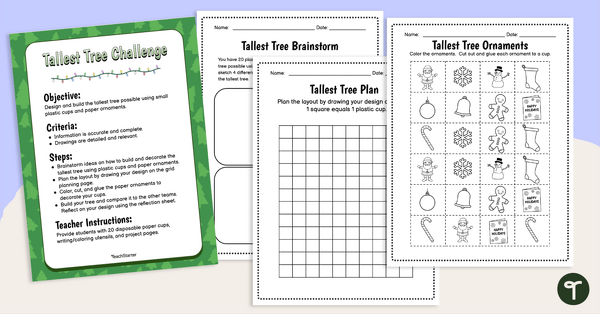
Christmas STEM - Tallest Tree Challenge
Experience hands-on STEM concepts with your students with this Christmas Tree Building STEM project.
- Plus Plan
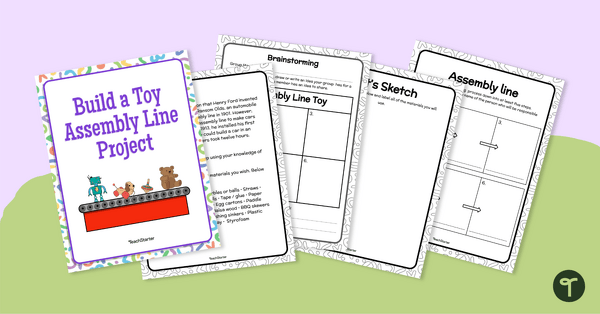
Assembly Line Production - STEM Project
Engage your students in learning about the U.S. assembly line process with an exciting project-based task.
- Plus Plan

Christmas STEM Challenge Cards - STEM Activities for Elementary
A set of 12 Christmas STEM activity cards for your students to enjoy during the holiday season.
- Plus Plan
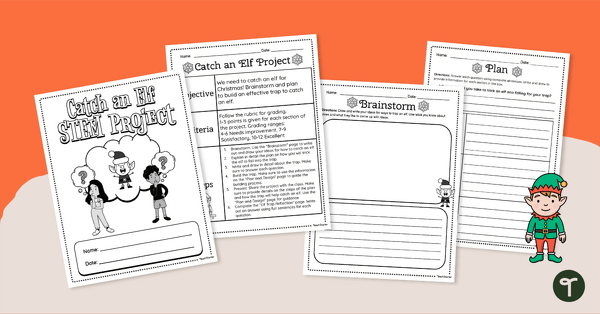
Christmas STEM Project - Elf Trap
Experience hands-on STEM concepts with an engaging Elf Trap Project!
- Plus Plan

Thanksgiving STEM Project — Thanksgiving Turkey Trap
Explore hands-on STEAM concepts with a Thanksgiving Turkey Trap STEM project for elementary students.
- Plus Plan
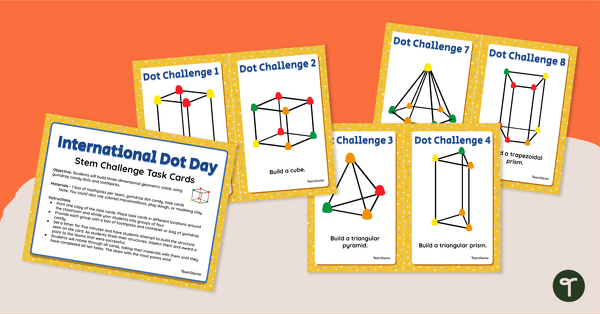
International Dot Day STEM Challenge Task Cards
Integrate science, engineering, and art with a set of International Dot Day STEM task cards.
- Plus Plan
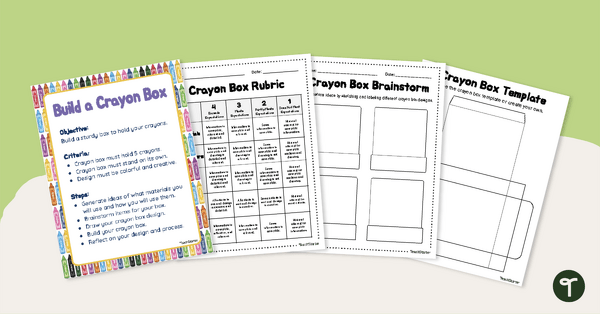
Build a Crayon Box – STEM Activity
Foster critical thinking and problem solving with this back to school STEM activity.
- Plus Plan
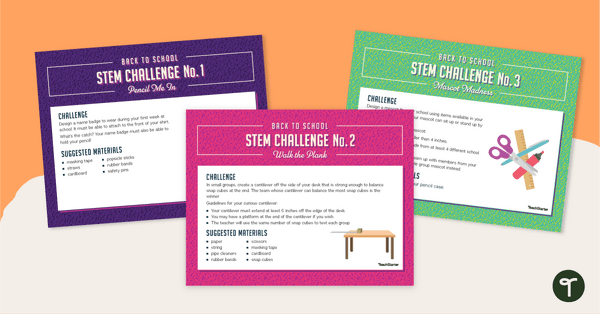
Back to School STEM Challenges – Grades 4-6
Integrate STEM activities into your back-to-school plans by guiding students to create a name badge, cantilever, and school mascot.
- Plus Plan
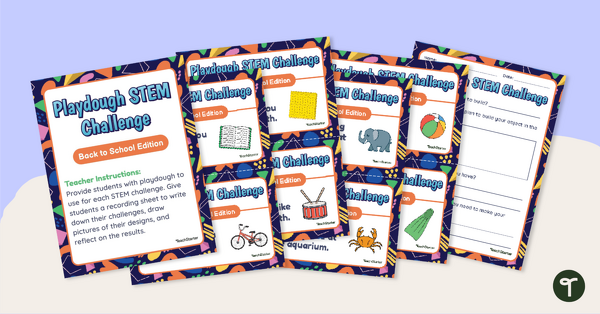
Playdough STEM Challenge – Task Cards
Use this set of STEM challenge cards to foster critical thinking and problem-solving by building various items with playdough.
- Plus Plan

Back to School STEM Challenge Cards – Primary
Integrate STEM activities into your back-to-school plans by guiding students to create a picture frame, name tag, and pencil cup.
- Plus Plan
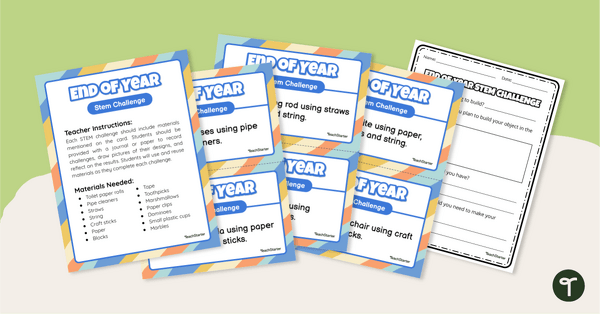
End of Year STEM Challenge
Use critical thinking and problem-solving skills with this set of STEM challenge cards.
- Plus Plan

Easter STEM Activities
Encourage design thinking with our hands-on STEM activities for Easter.
- Plus Plan
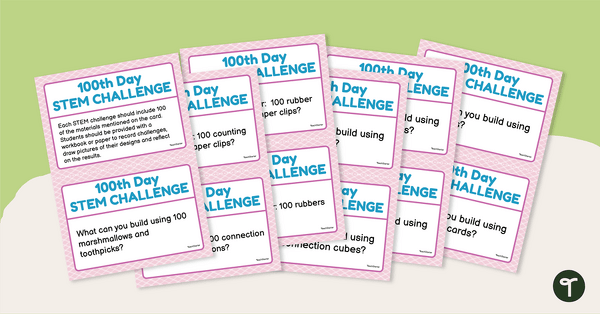
100 Day STEM Challenge
Count to 100 while fostering critical thinking and problem-solving skills with this set of 11 task cards.
- Plus Plan

Leprechaun Trap STEM Activity
Experience hands-on STEM concepts with your students with this St. Patrick's Day-themed leprechaun craft activity.